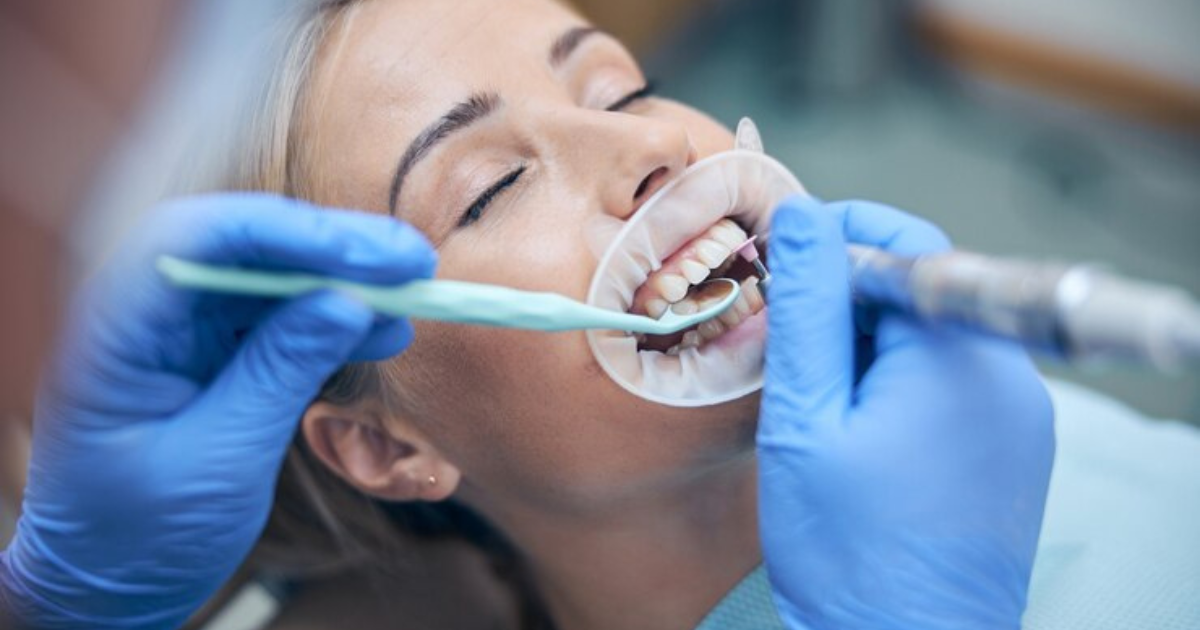Gingival grafting, often referred to as gum grafting, is a surgical procedure aimed at restoring gum health and enhancing oral aesthetics. This treatment is particularly beneficial for individuals experiencing gum recession, a condition where the gum tissue pulls away from the teeth, exposing more of the tooth or its root. Understanding the details of gum grafting can help you make informed decisions about your oral health. This comprehensive guide will delve into the procedure, its benefits, and what to expect during recovery.
Understanding Gingival Grafting
Gingival grafting is a technique used to cover exposed tooth roots and improve the appearance of receded gums. The procedure involves taking gum tissue from another part of the mouth or using donor tissue to cover areas where the gums have receded. This not only helps in protecting the tooth roots from decay and sensitivity but also aids in preventing further gum loss.
Why Is This Procedure Necessary?
Gum recession can be caused by various factors, including periodontal disease, aggressive brushing, genetic predisposition, or even hormonal changes. When gums recede, they can lead to increased tooth sensitivity, a higher risk of cavities on exposed tooth roots, and an unsightly appearance. Gingival grafting helps address these issues by providing a protective layer over the exposed areas and promoting the health and stability of the gums.
Types of Gingival Grafts
There are several types of gingival grafts, each suited to different needs and conditions. Understanding these types can help you determine which one might be best for your situation.
Free Gingival Graft
This type of graft involves taking a small piece of tissue from the roof of the mouth (palate) and placing it over the area of gum recession. The donor site is then stitched to heal. This method is often used when additional gum tissue is needed in an area where the gum has receded.
Connective Tissue Graft
A connective tissue graft involves taking a layer of tissue from under the surface of the roof of the mouth. This layer is then placed over the exposed tooth root, with the top layer of the palate left to heal naturally. This type of graft is commonly used to cover exposed roots and is often preferred for its aesthetic benefits.
Pedicle Graft
A pedicle graft uses gum tissue from the adjacent area to cover the recession. The tissue is partially detached from its original location and moved over the receded area. This technique is useful when there is enough gum tissue near the affected area to facilitate the procedure.
Allograft
An allograft involves using gum tissue obtained from a human donor. This tissue is thoroughly screened and processed to ensure safety and compatibility. Allografts are often chosen for their convenience and the reduced need for a donor site within the patient’s mouth.
The Procedure
Understanding the steps involved in gingival grafting can help alleviate any anxiety you might have about the procedure.
Pre-Procedure Preparation
Before the procedure, your dentist will conduct a thorough examination, which may include X-rays and a discussion of your medical history. This assessment helps determine the most suitable type of graft and ensures that you are a good candidate for the procedure.
During the Procedure
Gingival grafting is typically performed under local anesthesia to numb the area. The dentist will then prepare the donor tissue, whether from the patient or a donor source. The graft is carefully placed over the area of recession and secured with sutures. The procedure usually takes about one to two hours, depending on the complexity and number of grafts needed.
Post-Procedure Care
After the procedure, you may feel some discomfort, swelling, and minor bleeding. Your dentist will provide specific aftercare instructions to help you manage these symptoms and promote healing. This may include recommendations for pain relief, dietary modifications, and oral hygiene practices.
Recovery and Aftercare
Recovery from gingival grafting varies from person to person but generally follows a predictable course.
Managing Discomfort
Pain and swelling are common after the procedure, but they can be managed with over-the-counter pain relievers and prescribed medications. Using ice packs on the affected area can help reduce swelling.
Dietary Recommendations
During the initial recovery period, it is advisable to stick to a soft diet to avoid irritating the graft site. Foods such as yogurt, mashed potatoes, and soups are ideal. Avoid hot, spicy, or hard foods that could cause discomfort or damage to the graft.
Oral Hygiene
Maintaining good oral hygiene is crucial for the success of the graft. Your dentist will provide specific instructions on how to brush and floss around the graft site. Using a soft-bristled toothbrush and avoiding vigorous brushing will help protect the healing tissue.
Follow-Up Appointments
Regular follow-up appointments are essential to monitor the progress of the graft and ensure proper healing. Your dentist will check the graft site, remove any sutures if necessary, and make any adjustments to your care plan.
Benefits of Gingival Grafting
Gingival grafting offers several significant benefits, making it a valuable procedure for those dealing with gum recession.
Protection of Tooth Roots
By covering exposed tooth roots, this procedure helps protect them from decay and sensitivity. This is particularly important for maintaining overall oral health and preventing future dental problems.
Enhanced Aesthetics
The procedure improves the appearance of the smile by covering receded gums. This can boost self-confidence and contribute to a more youthful and attractive appearance.
Prevention of Further Recession
Gingival grafting helps prevent further gum recession by stabilizing the gum tissue. This can reduce the risk of additional gum loss and associated complications.
Improved Oral Function
Restoring gum health can enhance oral function by reducing sensitivity and discomfort. This allows for more comfortable eating and speaking.
Potential Risks and Considerations
While gingival grafting is generally safe, it is essential to be aware of potential risks and complications.
Infection
As with any surgical procedure, there is a risk of infection at the graft site. Following your dentist’s aftercare instructions and maintaining good oral hygiene can help minimize this risk.
Graft Failure
In some cases, the graft may not fully integrate with the surrounding tissue, leading to partial or complete failure. Your dentist will monitor the graft’s progress and address any issues that arise.
Post-Procedure Discomfort
Some discomfort and swelling are expected after the procedure. However, if you experience severe pain or prolonged issues, contact your dentist for guidance.
Making the Decision
Deciding to undergo this procedure is a personal choice that should be based on a thorough discussion with your dentist. They will evaluate your specific condition, explain the potential benefits and risks, and help you determine the best course of action.
Incorporating gingival grafting into your dental care routine can significantly enhance your gum health and overall oral well-being. If you are experiencing gum recession or related issues, consulting a trusted Irving dentist can provide you with the information and treatment you need to achieve a healthier, more beautiful smile!

